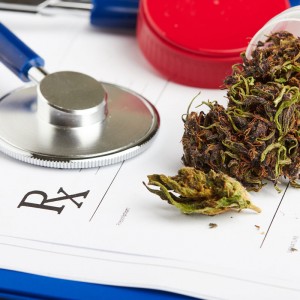Medicinal cannabis is believed relieve chronic pain, ease nausea, aid sleep, and relax stiff muscles. Although it has not yet been found to have any curative effects, recent studies show that an active compound in the cannabis plant could improve negative symptoms associated with schizophrenia and potentially other neurological disorders. There has been strong advocacy for its use by cancer patients and also those with epilepsy.

Although medicinal cannabis can be prescribed in some Australian states under strict conditions, the lengthy approval process and lack of local supply has meant that some patients facing life-limiting illnesses were either missing out or risking prosecution by purchasing cannabis products illegally. Only 133 patients have been able to access medical cannabis since Parliament passed laws legalising medicinal cannabis last year.
The TGA has approved 12 businesses in Australia to grow or manufacture medicinal cannabis but only one of those 12 has crop nearing cultivation, meaning that Australian-grown medicinal cannabis is not likely to be available until the end of this year. The first shipments of medicinal cannabis were imported into Australia at the beginning of May, for storage until needed. Previously medicinal cannabis products had to be imported on a case-by-case basis.
The reform removes strict regulations which meant doctors had to apply to the TGA for permission to prescribe medicinal cannabis. Concerns have been raised that the reform removes safeguards around the importing of unregistered medical cannabis medications produced overseas, and the ability for criminals to access the drug to on-sell. However, very few doctors have taken up the opportunity to prescribe medicinal cannabis. This is thought to be due partly to the requirement to provide evidence that medical cannabis is a safe and effective treatment for the individual patient’s conditions and symptoms. Some doctors state they have been unwilling to prescribe the drug due lack of information about recommended dosages.
Because the drug has been illegal for so long, there is little quality research about the benefits of medical cannabis. There is also a lack of information about potential side effects, and which strains are more effective. Research on Australian-grown medicinal cannabis will be used to develop guidelines for Australian medical professionals.
